
6 minute read
IT'S NOT ABOUT THE INITIALS Alessia Peviani LRPS
The RPS Benelux-Chapter MEMBER Alessia
Peviani
In this article an insight in the way Alessia made her L-panel. Why did she do that?
To be allowed to use an acronym next to your name? To remember how I came to the decision to pursue an LRPS Distinction, I have to look back to the beginning of 2017. I had finished my PhD the year before and I was taking a break from research to improve my photography, occasionally shooting at conferences and PhD defenses to earn something. My first encounter with other RPS members was under the winter drizzle in some depressing neighbourhood in Rotterdam, in an epic effort to capture each and every street of the city on camera. Despite the weather, and street photography not being my thing, I was very impressed with the organization and ambitiousness of the Rockin' Rotterdam project, so much so that I decided to give the RPS Benelux monthly study groups a try. It was at one of these meetings that I first heard about the Distinctions. To be honest, I didn't find the idea particularly exciting at the time - it sounded like submitting yourself to a lot of rules just to be allowed to use an acronym next to your name? Why bother with something like that?
Personal growth intrinsic to the pursuit of a Distinction Gradually, my attitude changed. I still don't think the letters per se make much difference to me personally, but I came to recognise the potential for personal growth intrinsic to the pursuit of a Distinction. At the study groups, I saw other photographers struggling and improving in the process of obtaining one. I developed falcon eyes while reviewing others' panels in search for technical faults that wouldn't meet Distinction standards, and became more critical of my own pictures. I also became accustomed to think of images as series, instead of as individual shots. Eventually, I was persuaded that all the hard work to meet the quality standards of some mysterious photography committee in the UK was perhaps worth the effort.
What you could learn from an L panel that an A won't teach you The first panel assembling attempts took place in 2018. Initially eager to go straight for an ARPS Distinction, I quickly abandoned the idea. I wasn't in a hurry after all, and I would have missed out on what I now consider the most beneficial aspect of working on an L panel: challenging yourself to produce quality images in a variety of photographic genres - as opposed to the narrow scope of an A panel. The RPS Summer Challenge was an excellent preparatory exercise in this sense, as it pushed me to try different types of photography (10 in total), some of which were outside my comfort zone. Looking back at my journey, assembling a panel stimulated me to attempt new and unusual things. For instance, I had never tried horizontal panning (used for the abstract tulip field), shooting outdoors with a strobe (to brighten the trunk of the cherry tree), or using a square frame (as in the mountain landscape). While my favorite genres remain nature and landscape, I also experimented with architectural subjects, natural light portraits, and documentary photography. I produced a wealth of images in the process, leading to a welcome side effect: making a habit of capturing my family and friends on camera. I also accepted I am not made to sneakily shoot random and potentially unwilling people on the street (aka street photography). Whatever you might think, it's completely different from event photography!
Killing your darlings to keep the balance Getting to the first L panel version started with hundreds of 10x15cm prints spread on the table (as others at the study group surely remember), covering different genres, subjects, techniques, angles,
and palettes. It was a good starting point to understand my potential, to determine where I needed improvement, and to uncover obvious gaps. Feedback from other RPS participants was generous and spot-on. It also broke my heart a few times, but it was crucial to get through the hard selection process; it would have taken much longer to kill some of my darlings otherwise. The most difficult part was producing a balanced panel composition, without outliers. For instance, I had to throw away a pretty close-up of a daisy blossom, and a night shot of Marina Bay Sands in Singapore, 17
© Alessia Peviani LRPS - Lay out L-panel
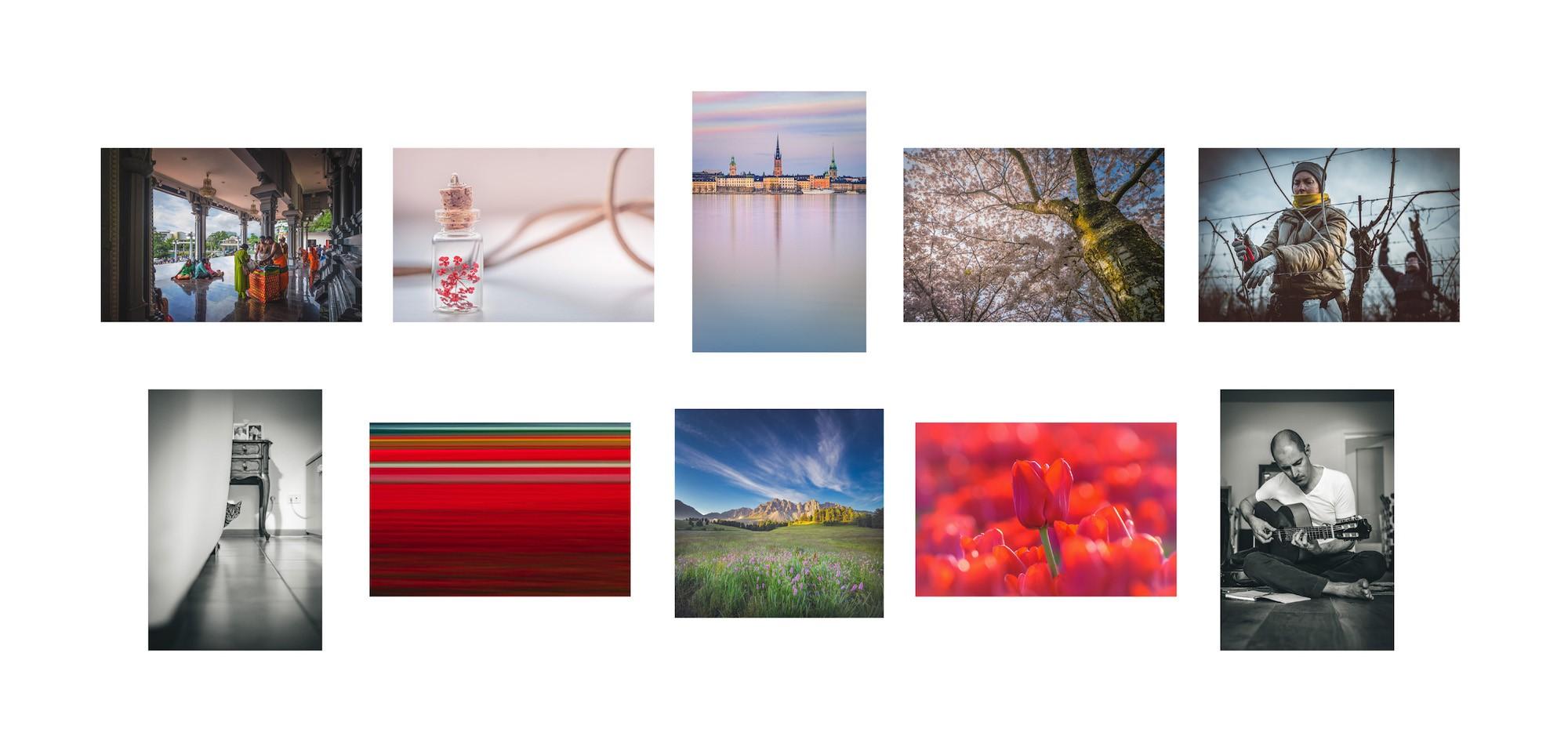
because, even if technically sound, their striking colour dominants (bright green, dark blue) could not be balanced - that is, unless I picked nearly identical images, which would have defeated the panel purpose. Eventually, only two pictures from my past archive made it to the final version; the rest was carefully selected from another few hundreds shot after the decision to pursue a LRPS Distinction. Instead of relying on finding the perfect puzzle pieces, a more successful approach proved to be shooting fresh photos with the limitations in mind. The picture of the abstract tulip field is the best example: I wanted to take a panning shot, and knowing I would end up with something extremely colourful that would need balancing, on the same day I took images with similar tones that were different enough that they wouldn't feel redundant in the panel (such as the single red tulip).
The revelations of the printed image The final picture selection was ready in the summer of 2019. I had started a new job by then, leaving photography once again relegated to a few weekend hours, but I wasn't worried since the panel was basically done. This was the time for print tests and the last minor corrections, before sending the framed images to the UK; the assessment date was already booked. It was while looking at these semi-final prints that, to my dismay, I realised I hadn't worked hard enough. There were issues with the images all over the place: little overexposed areas, tiny sensor spots, weird colour halos, bright edges from pushing the clarity slider too far. How I did not see that before on the screen, I really don't know. When I thought the worst was past, I had to work the hardest and fastest I ever had to get my L panel ready.
had to work the hardest and fastest I ever had to get my L panel ready. I spent many hours in Lightroom and Photoshop to fix the issues. Janet Haynes provided me remotely with the last, precious feedback on the images just before submission, as the RPS study group meetings were suspended in the summer. She's also the one who mounted and brought them to the UK for me, something else I'm still thanking her for.
© Alessia Peviani LRPS
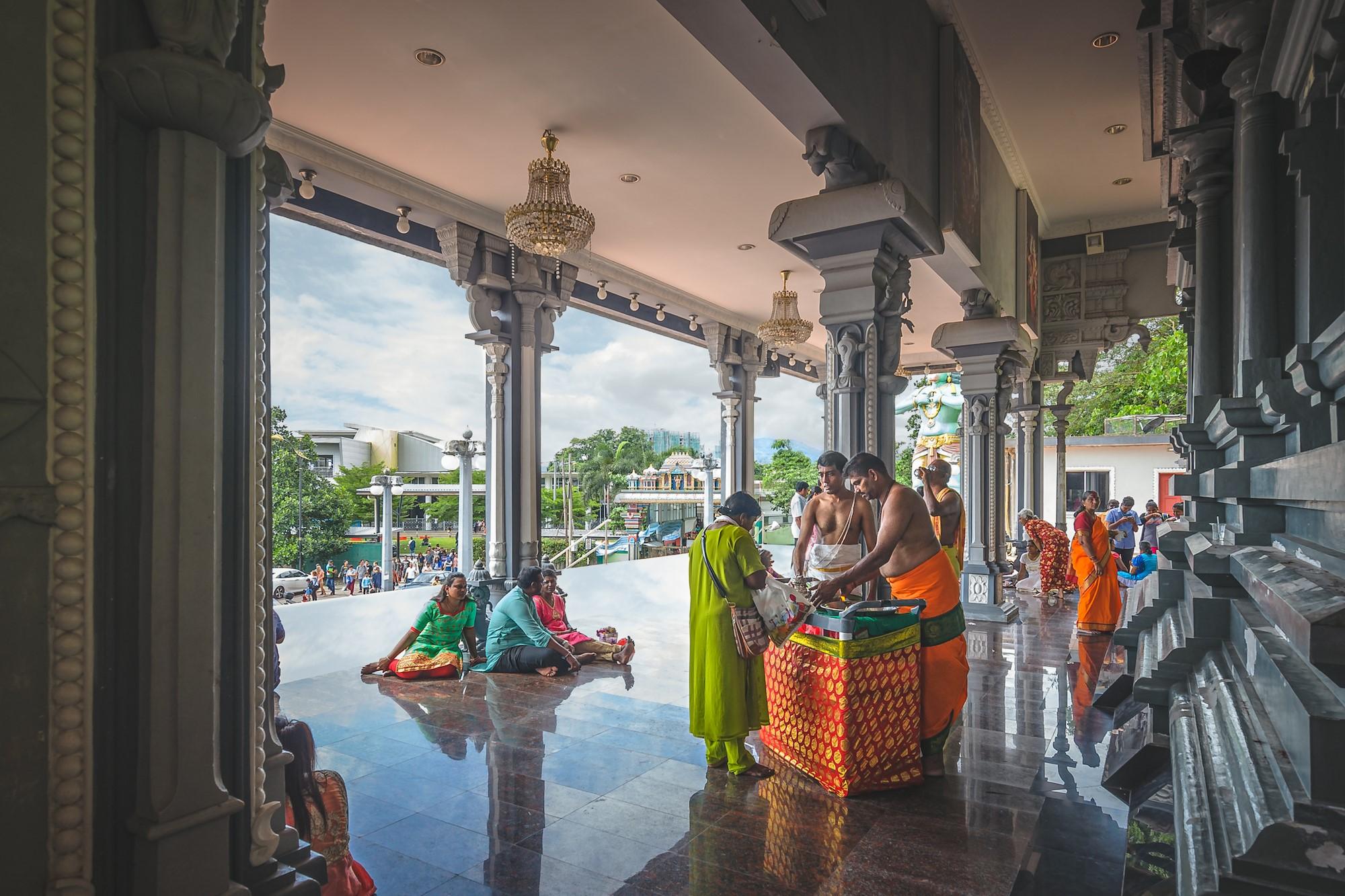
Lessons learned To summarise, there's no doubt that going through the process of getting a LRPS Distinction made me a better photographer. I learned to look more critically at my images. I broke my routine by experimenting with new genres and techniques. I got used to think of images in relation to each other, as part of a composition. I accrued extra editing practice. I learned to value prints and not rely only on what you see on the screen (the hard way).I would like to thank all the RPS Benelux study group participants, and especially Janet, for their precious time spent looking at my photos while helping me to achieve this goal. I hope others will find this article inspiring enough to decide to challenge themselves.
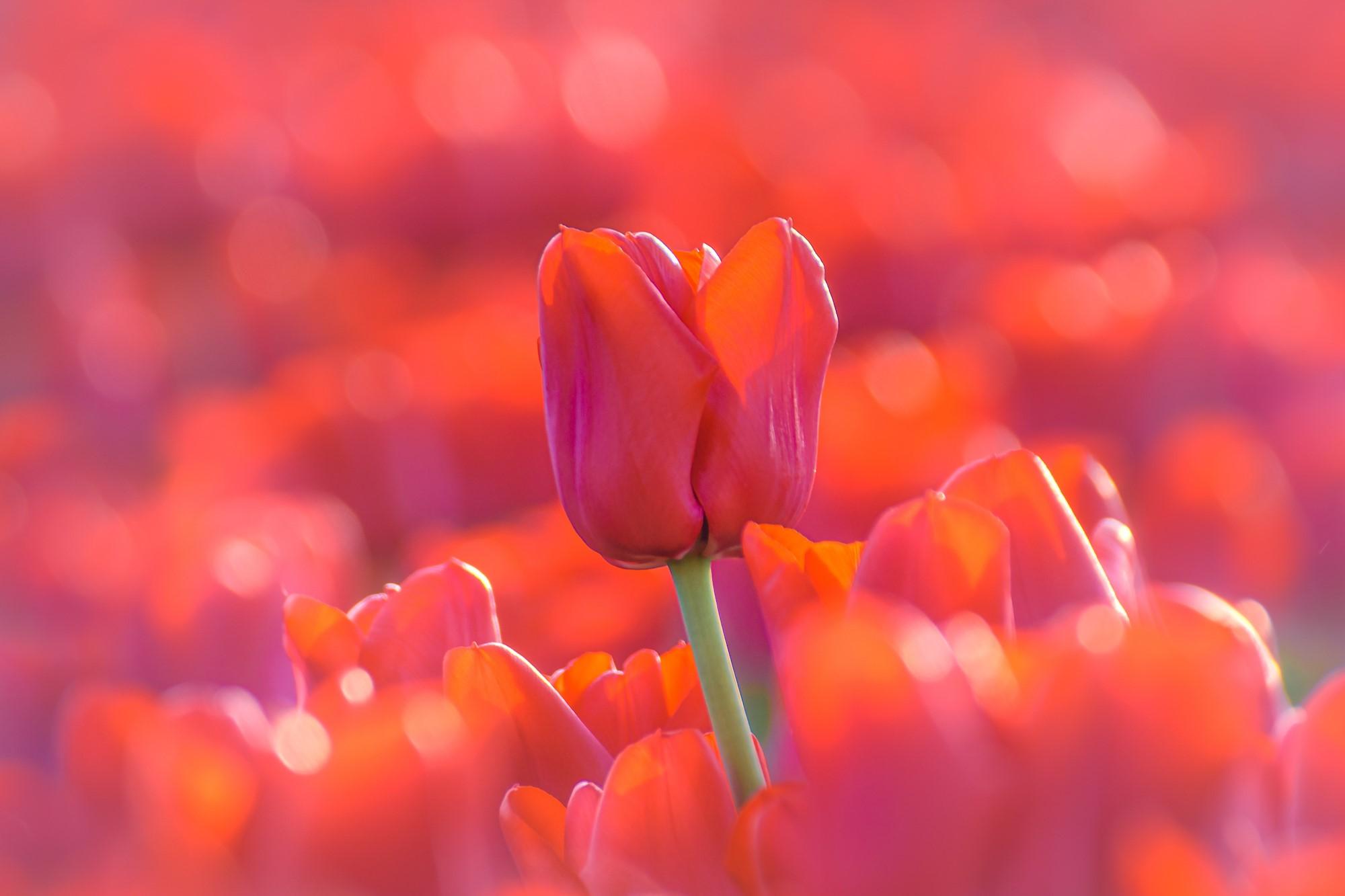
© Alessia Peviani LRPS
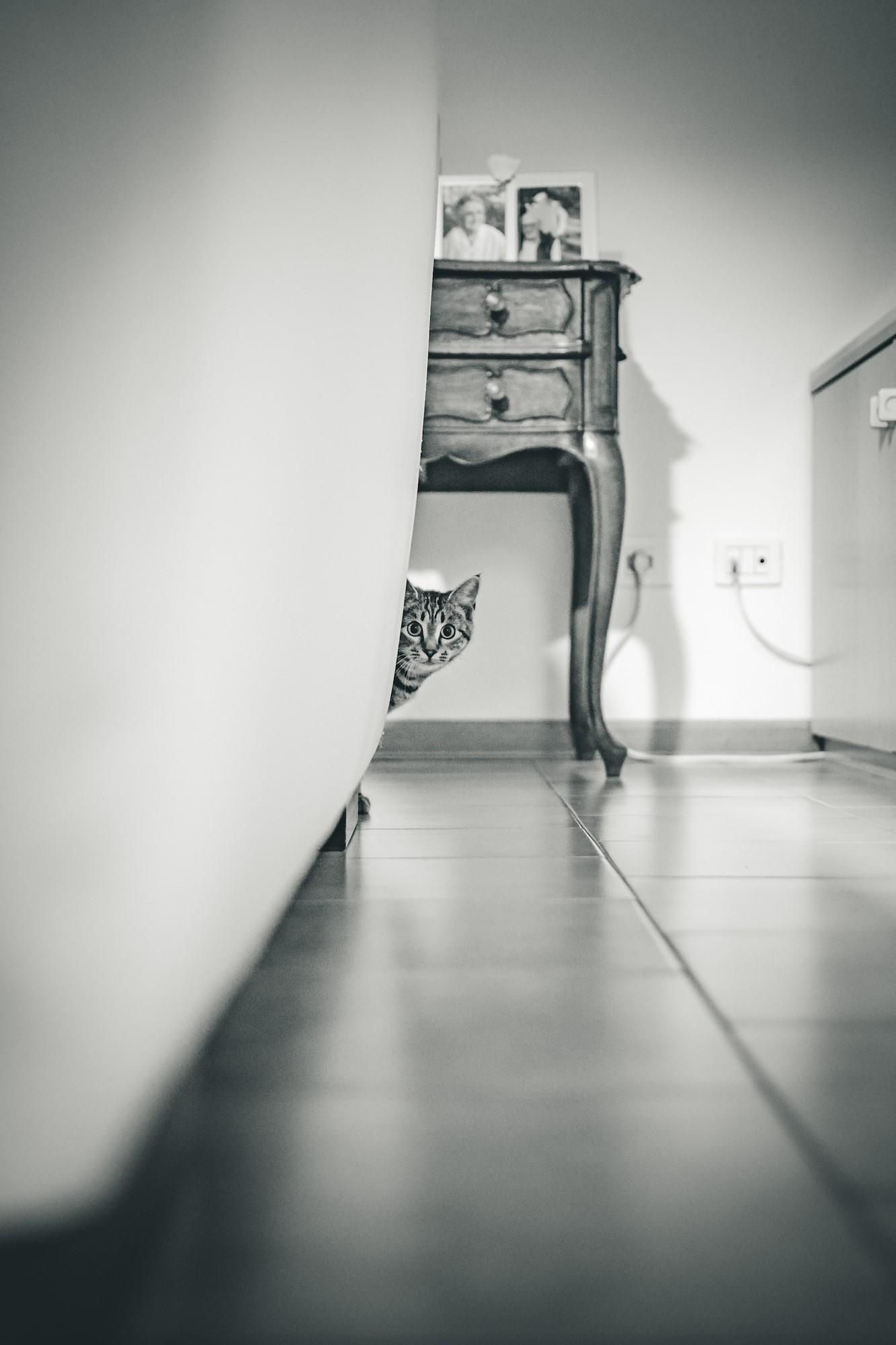
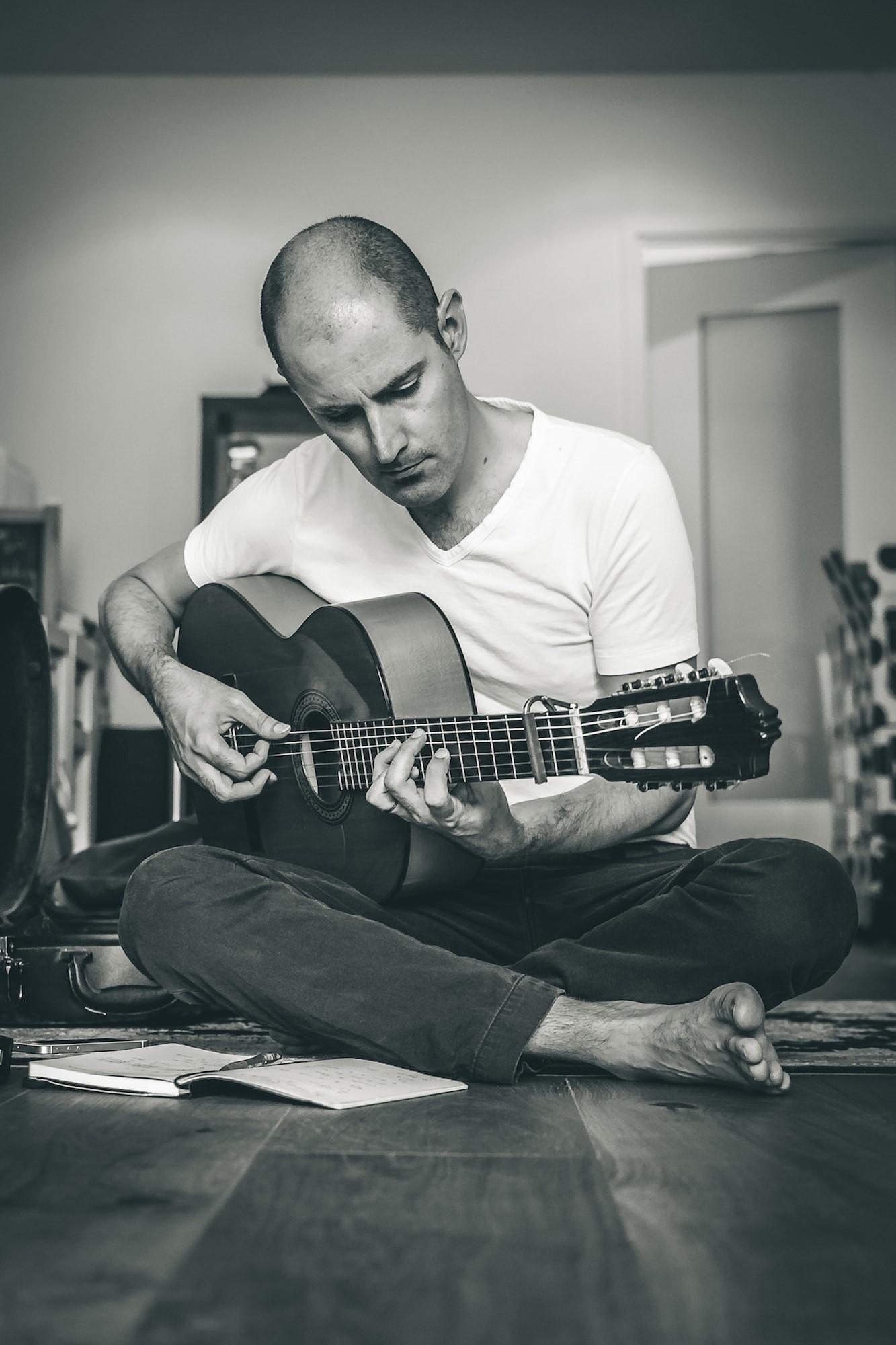
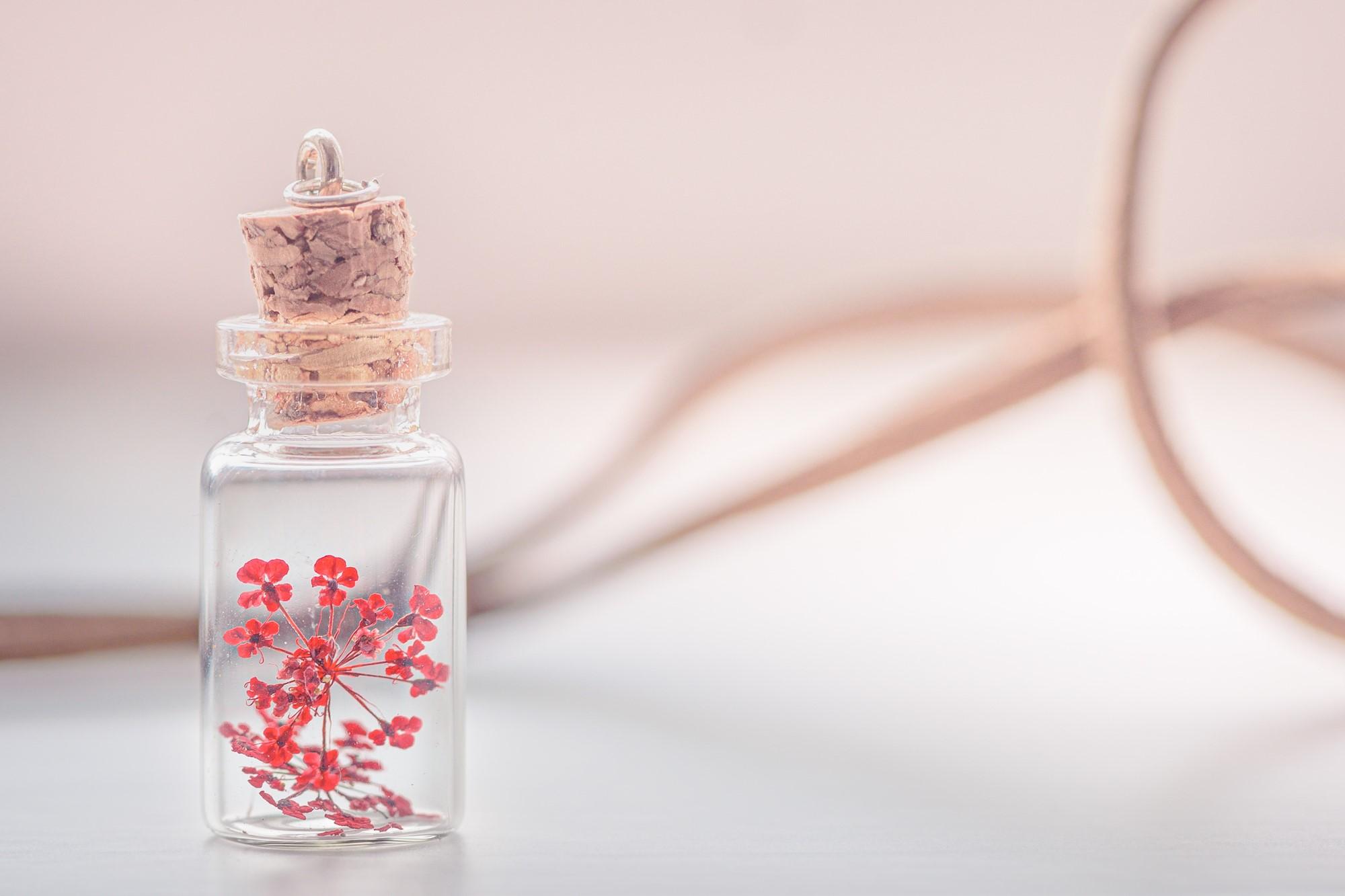
© Alessia Peviani LRPS
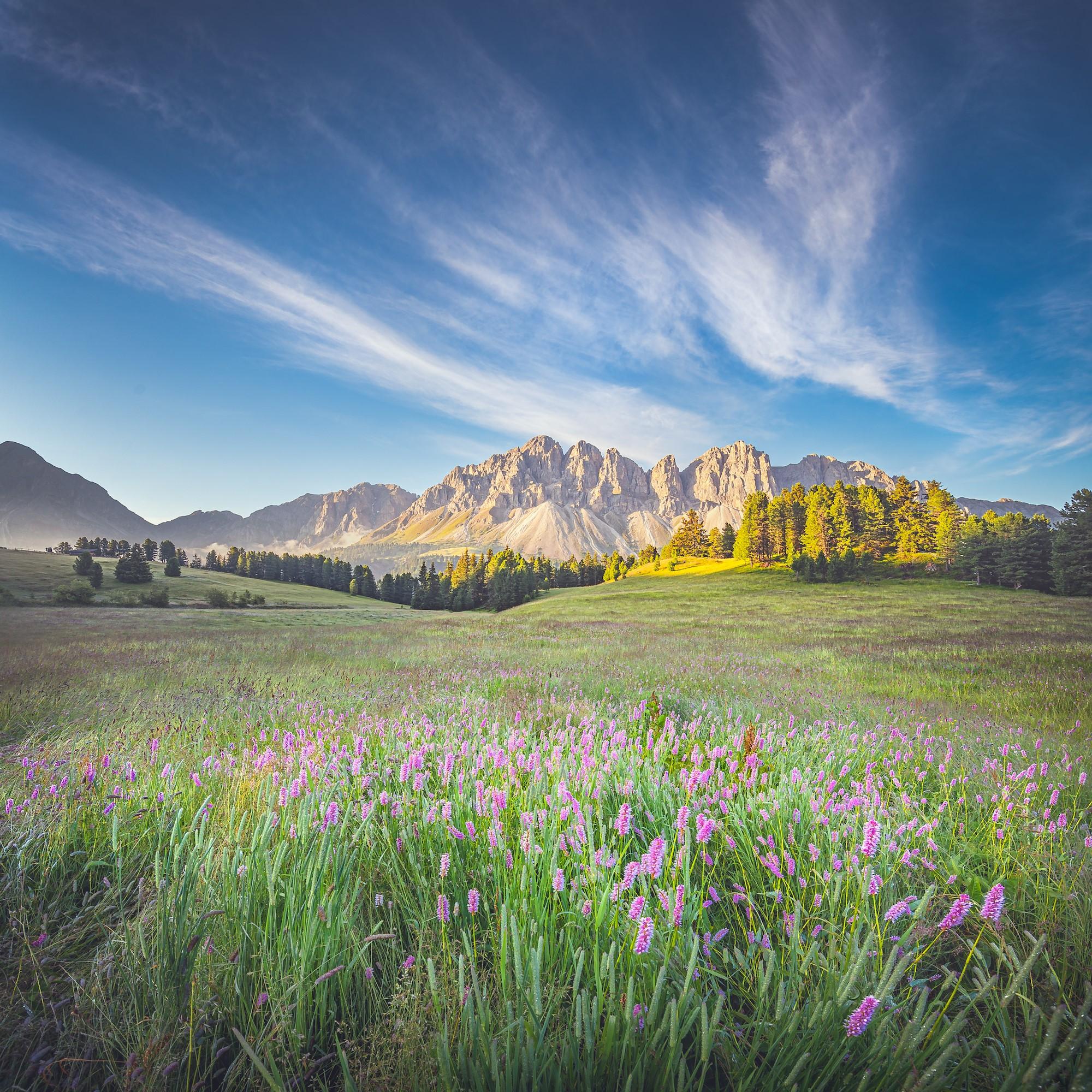
© Alessia Peviani LRPS







